Bellekanian fungus
Nothing is quite as frustrating to a magician as their hard work being undone by the biological cycle of a mere fungus.
Basic Information
Anatomy
Its flowers, which hang down, have ten petals that are purplish-pink in colour with a long yellow stigma and stamen. If the flower wilts, it transforms into a blue and purple cocoon-like spore container that is no more than 7,5 cm in length. This 'fruit' only bursts open to release its spores in the wind if it is given the right stimulus.
Biological Traits
Counterspell
If someone casts a third level or higher spell within 30 feet of a Bellekanian the fungus reacts by absorbing the spell and opening one of its spore containers. DnD additionDifficult terrain
If the Bellekanian detects the magic aura of a magic item its roots begin to move to try and find it for sustenance. Although the roots can't extend from the ground, it makes it feel as if one is walking on a wobbly bridge. A person carrying the magic items will experience the Bellekanian's area as difficult terrain.Defences
By all accounts, the stalk of the Bellekanian is rather fragile and like all living things, it needs a way to defend itself. To do this the fungus has two major traits.Bad taste
The first defence is meant to keep creatures from eating their stalks and roots. If you think the honey made from Bellekanian is bad... A small number of brave souls, or idiots, have reported that the plant itself tastes three times worse. Therefore there are very few beasts and insects that would be willing to eat the Bellekanian itself. Of course, there are exceptions. For example, a Bellekanian growing on necrotic magic will taste like corpses and attract maggots that normally live in dead bodies.Immunity
The second trait is that the Bellekanian is invulnerable to the damage of spells and magic arrays. A handy feature for a thing that slowly absorbs all the magic in its surroundings. In fact, if a spell is directly cast onto it there's a 20% chance it will grow faster.Bellekanian honey tasted like a corpse dipped in a thick layer of caramel. The plant itself like someone distilled a corpse into its purest form and gave it a mushroom texture.
Genetics and Reproduction
Most of the released spores never grow into a plant of their own as it needs magic to feed off. If a spore does manage to land in a suitable area it takes roughly a year to grow its roots before sprouting stalks and restart the cycle.
Growth Rate & Stages
Ecology and Habitats
However, it does not like the cold. A Bellekanian growing in a cold climate with lots of snow and ice grows at a much slower speed, about 1/4 of normal, and its stalks are halved in size.
Additional Information
Uses, Products & Exploitation
Curse-Removing Honey
The honey made from Bellekanian tastes terrible. Depending on the magic it lived off of, the taste may vary from burned ashes to even rotten corpses. Still, the honey is well suited for other purposes. Bellekanian honey retains the fungus's property of absorbing magic. If a cursed or magic item is covered in it the magic will be absorbed over time and the honey's taste changes to fit the type of magic it absorbed.Not for consumption
The honey isn't well suited for consumption by humans. One reason is its taste, the other is that the honey will try to extract all magic inside the body until it has passed through the body. This causes intense stomach cramps for an entire day and especially magician are sensitive to the effect. DnD informationPatient cleanup
One of the few groups of people that actually appreciate the Bellekanian's natural properties are archaeologists that regularly explore ancient ruins with magic defences and the cleanup crews that work for wizards. There are several archaeologists who specialised in the controlled growth of this fungus so it does not accidentally 'escape' to other places. The Bellekanian can negate the magic defences without damaging the ruins themselves. Besides, anyone working for a wizard is more than happy to throw Curse-Removing Honey at potentially dangerous waste from a distance before picking it up.Spores
Contrary to what had been thought for a long time, there's still magic to be found in the Bellekanian itself. To sustain its spores long enough for long travels and protect it from potentially harsh climates, the Bellekanian stores a tiny amount of magic in its own spores. A person who obtained a spore container can crush its shell easily in their hand and (re)gain a single-use third level spell slot using the spores as a material component. A person who casts a spell in this way gains one exhaustion level.Geographic Origin and Distribution
Civilization and Culture
Common Taboos
These researchers have clear interests and push their researches towards getting rid of the Bellekanian. Even going as far as to suppress whatever research they can if it is about utilising the fungus's magic-negating properties. Due to this mess, there are very few practical appliances of the Bellekanian available to the public.
This plant is published under the OGL rules for 5e. The spells referred to fall under their SRD content.
The kingdom of Wie
The kingdom of Wie is the only country that uses the Bellekanian to its fullest potential. At least when it comes to military uses. Where most other cultures mainly perceive it as a threat that must be eliminated, the Wie kingdom doubles down on its natural lack of magic users* and items.The kingdom's special bee farms for the production and export of Curse-Removing Honey are the most well-known. But in its early days, the government commissioned inventors and strategists to find ways to exploit the Bellekanian's magic disrupting abilities. One of these results is magic-resisting walls infused with Bellekanian roots around important cities. These ward against large scale invasions from its much larger and more powerful neighbours.
Or a bomb modelled after the Bellekanian spore-container that bursts open to release a toxic gas if magic is cast near it. *NOTE: since the appearance of the Bellekanian, natural magic-users have been few within the kingdom. Those that do exist usually leave when reaching adulthood in order to learn magic without stray fungus stalks interrupting their spells.
Secret benefits
The benefits of the Bellekanian in the ecological cycle is far greater than most people are aware of. It transforms all the magic it absorbs from the ground into energy for its own growth and new nutriënts for the soil. If a patch of Bellekanian has withered away it leaves behind incredibly fertile ground for other plants that would only have to worry about water and sunlight for the next few centuries. During its growth, its deep root system even helps already existing plants in the area to draw up water and nutrients from deep underground those plants couldn't reach.Remove these ads. Join the Worldbuilders Guild


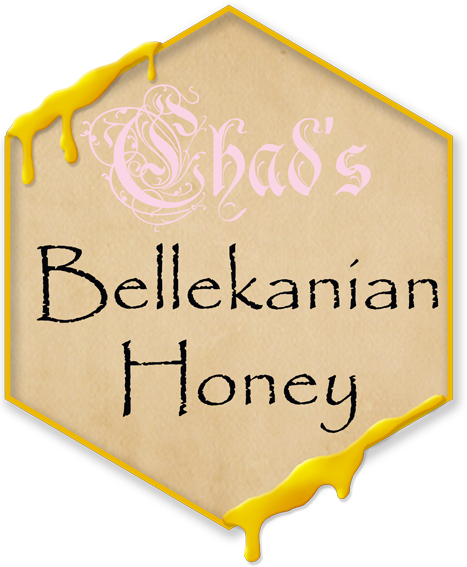
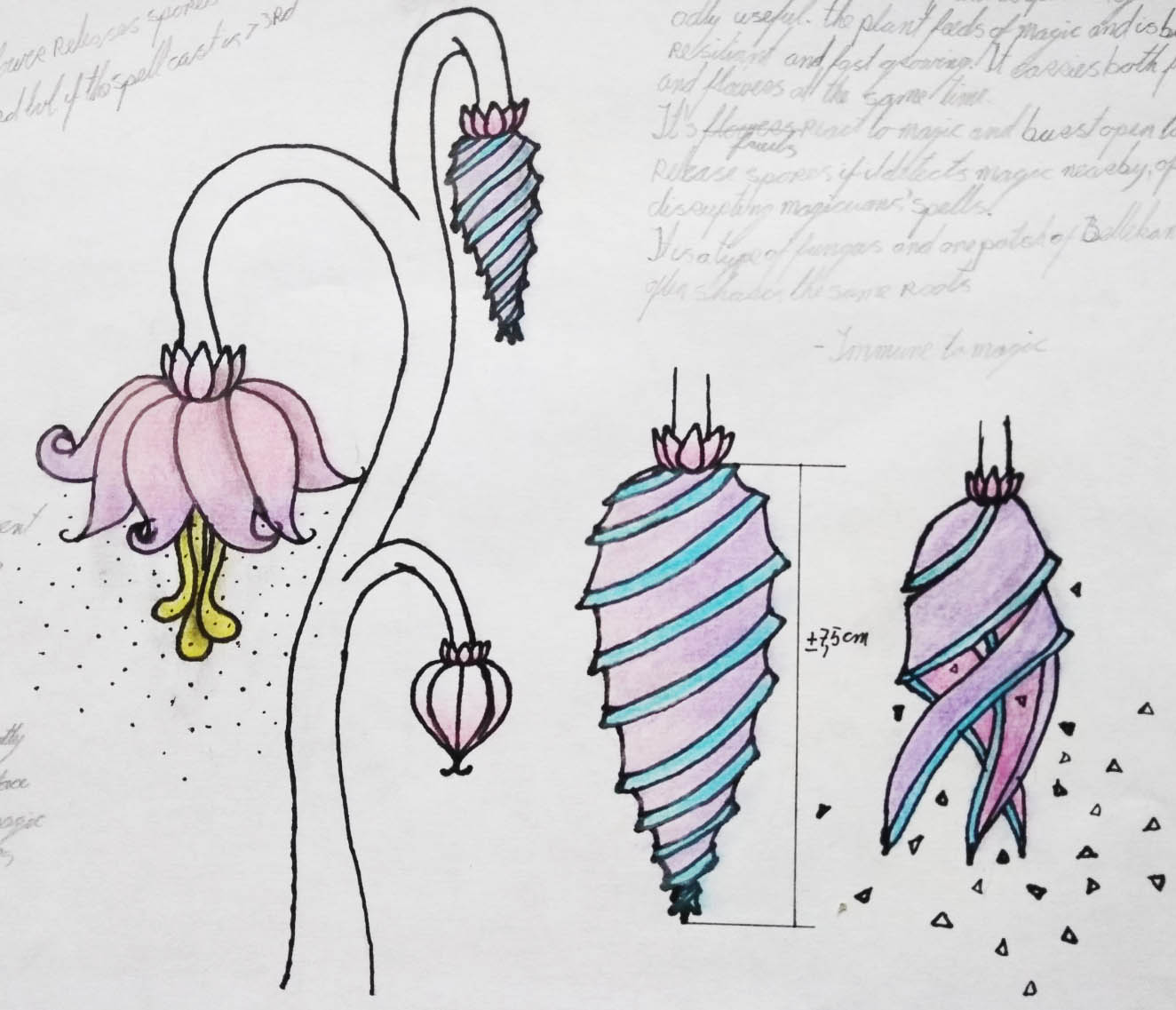

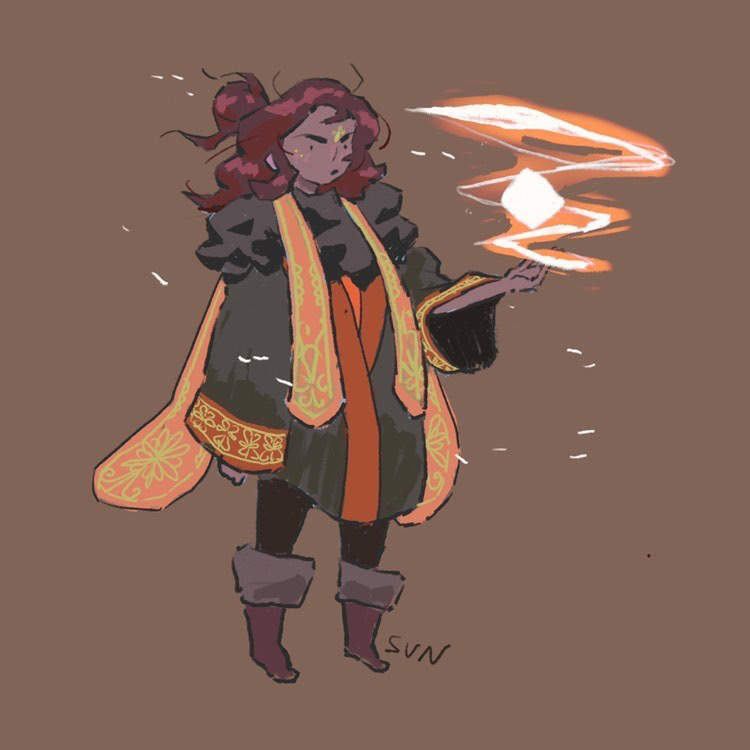

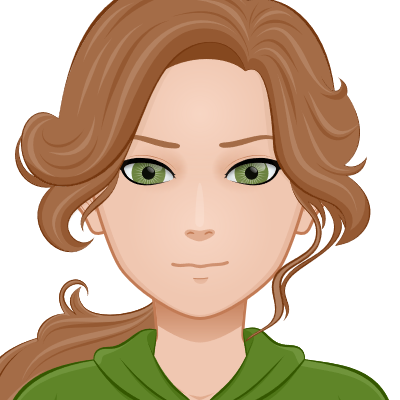
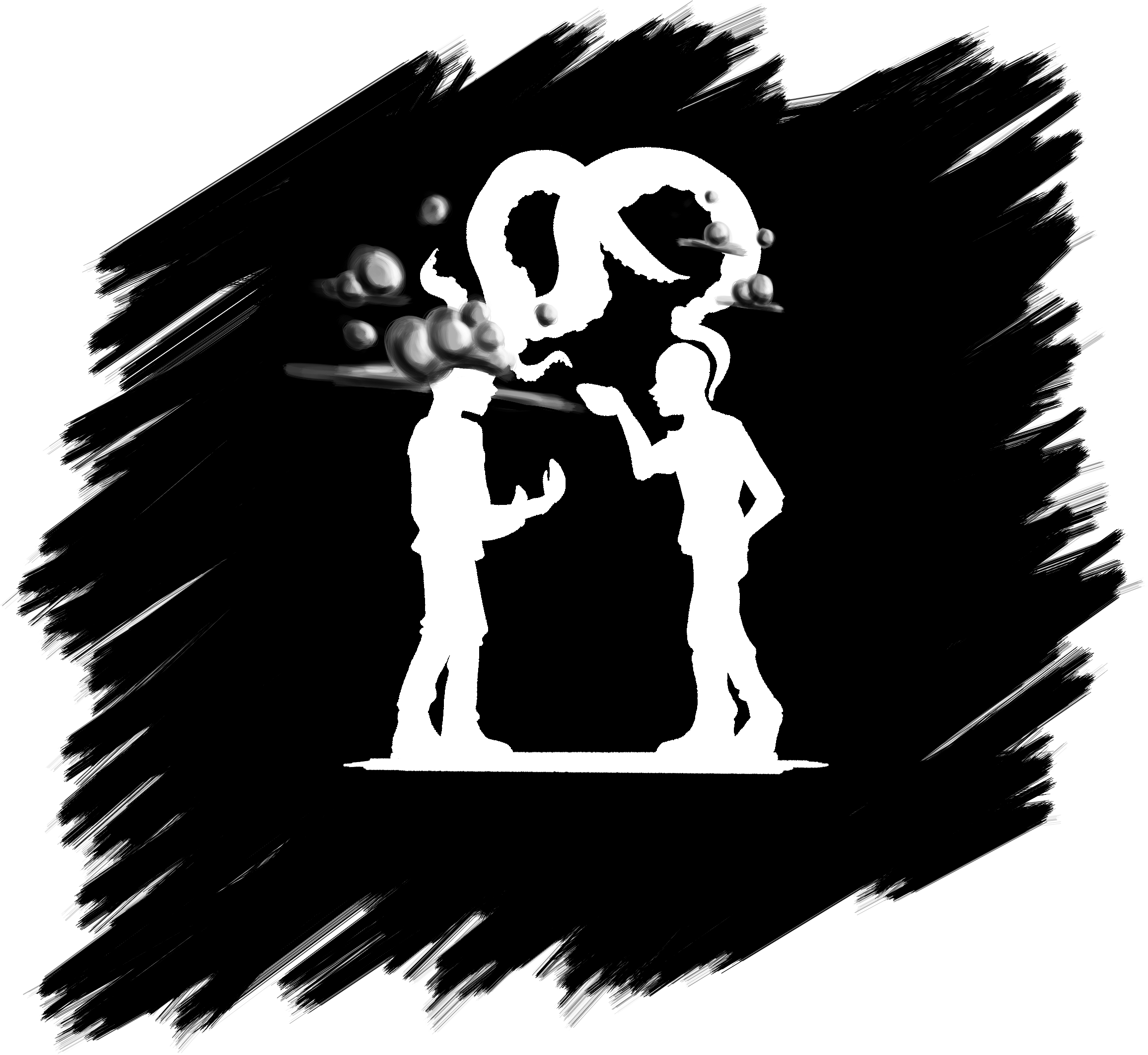










I liked your drawing of the plant and the ways it could be used in rpg settings. :) I think there could be some additions though. Currently the uses by civilization is non existent, but I would think that a if the honey of the plant can remove magic from items that it could be used in warfare to get rid of magical defences. Or that the plant itself could be used to protect a vault and hinder anyone trying to use magic to get in. The biological part however was already well thought out :)
You got the exact thoughts on how it could be used I want people to have. And how I envision the kingdom of Wie to use the stuff. ^.^ I left those things out on purpose because it was made with the idea of using it in my own campaign and want to leave it up to my players to figure out how to use it. Also if I start on how it is typically used I might end up rambling for 5000 words about all the different cultures in the world. :/
Yeah I DM myself so I don't want my players to know everything either so I know the feeling :p That's why for my article I had put up a spoiler section for things they should not know but of course there is no real way of stopping them. xp but that's perhaps something you could use if you want to hide some parts :) And yeah it's 2500 word limit so you can't put everything in the article unfortunately :p
It has been adjusted.
I see you made some great new additions! Also a nice image of the honey sign you added there.
Thank you, I had some friends read it to make some more additions because I felt more of it should be utilised. I also finally figured out how images work. (=.=')